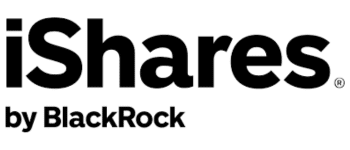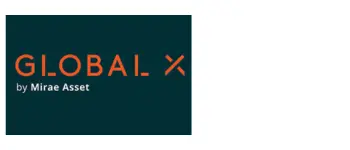Do You Have Confidence in Canada? These TSX ETFs Can Get You The Exposure
Key takeaways
Tax Efficiency Differences – Certain ETFs, like Horizons HXT, use swap structures that may offer tax advantages.
Broad vs. Large-Cap Exposure – Some ETFs track the full TSX Composite, while others focus on the top 60 companies.
Low-Cost Index Investing – Most of these ETFs have low expense ratios, making them cost-effective for passive investors.
One ETF I like way better than the ones on this list.If you’re looking to invest in the Canadian stock market, exchange-traded funds (ETFs) are a great way to gain long-term exposure to a diversified portfolio of stocks.
The TSX (Toronto Stock Exchange) is the primary stock exchange in Canada. As a result, there are many ETFs available that track the TSX index.
When selecting a TSX ETF, it’s important to consider factors such as the ETF’s expense ratio, diversification, liquidity, and historical performance.
An ETF with a low expense ratio will minimize the amount of money that you pay in fees. This can have a significant impact on your returns over time. Diversification is also important, as it helps reduce your overall risk by spreading your investments across a variety of stocks. res so investors can pick what they want.
In this article, I’ll examine some of the best TSX ETFs available for Canadian investors. Keep in mind I’ll focus on broad-based equity ETFs in this article, ignoring things like mutual funds, bonds, or specific Canadian dividend ETFs.
Let’s dive right into it.
What are the best ETFs to track the TSX today?
Broad exposure to the full TSX
iShares Core S&P/TSX Capped Composite Index ETF (TSE:XIC)

XIC tracks the S&P/TSX Capped Composite Index, covering nearly all Canadian publicly traded companies. It provides diversified exposure across sectors and market caps.
Tracks Canada’s largest 60 stocks
iShares S&P/TSX 60 Index ETF (TSE:XIU)

XIU follows the S&P/TSX 60 Index, covering the largest and most liquid companies in Canada. It’s a highly traded and cost-efficient way to invest in blue-chip Canadian stocks.
Low-cost alternative to XIC
BMO S&P/TSX Capped Composite Index ETF (TSE:ZCN)

ZCN tracks the same index as XIC, offering similar exposure to the full TSX Composite. It has a low expense ratio and is an alternative to iShares’ XIC.
Broad TSX exposure with FTSE indexing
Vanguard FTSE Canada All Cap Index ETF (TSE:VCN)

VCN provides exposure to the entire Canadian equity market, similar to XIC and ZCN, but follows the FTSE Canada All Cap Index. It includes large-, mid-, and small-cap stocks.
Tax-efficient exposure to TSX 60
Global X S&P/TSX 60 Index ETF (TSE:HXT)

HXT tracks the TSX 60 like XIU but uses a swap structure to provide tax advantages for certain investors. It has a very low MER.
Low-volatility Canadian equity strategy
BMO Low Volatility Canadian Equity ETF (ZLB) tracks an index of Canadian stocks with lower historical volatility. It invests in a selection of companies that exhibit steady earnings, strong balance sheets, and lower price fluctuations than the broader market. By focusing on defensive sectors such as consumer staples and utilities, ZLB aims to provide smoother returns, making it a great choice for risk-averse investors.
